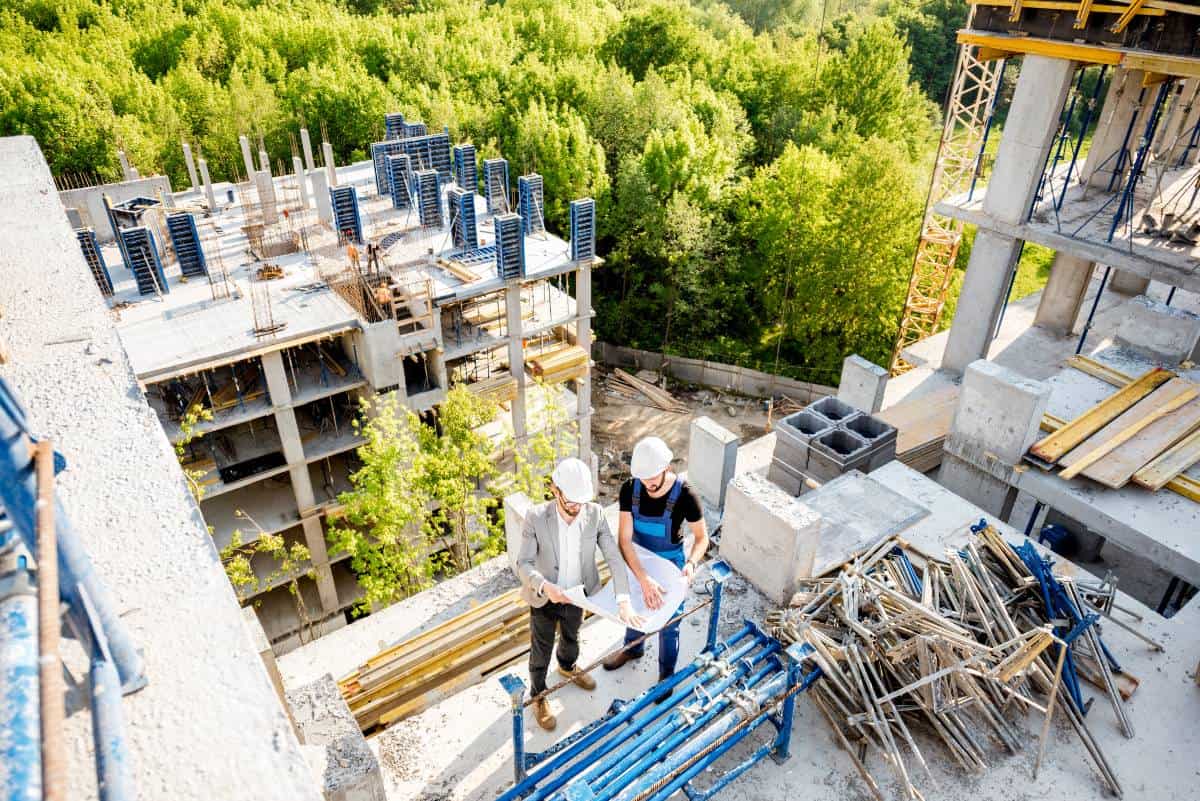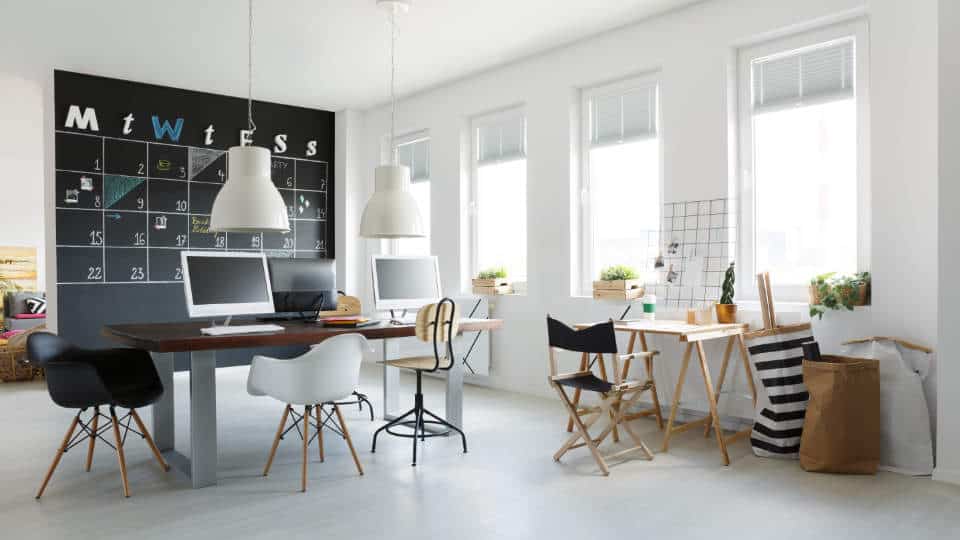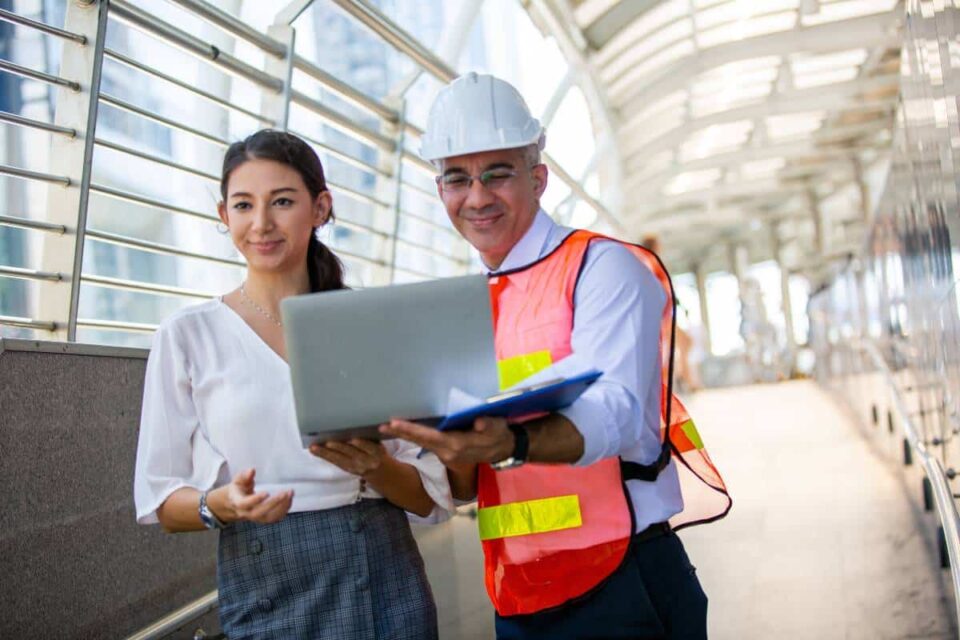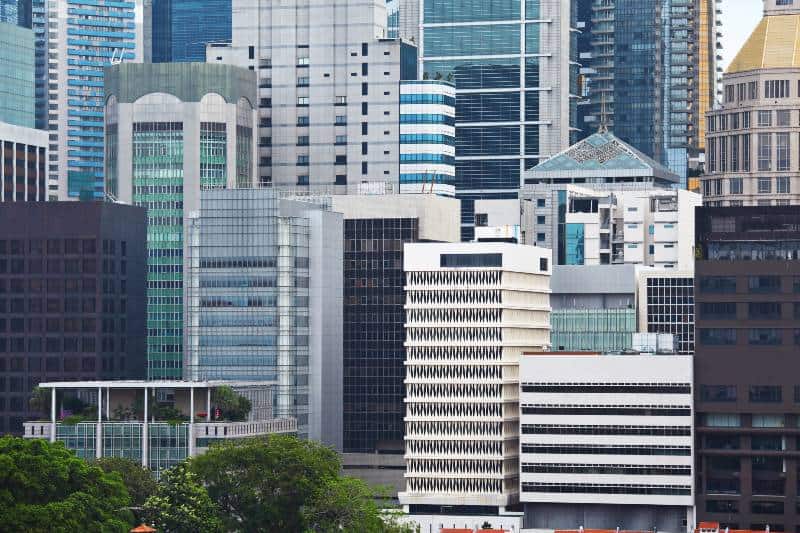Over my 18 years in commercial real estate, I’ve seen sustainability transform from a fringe movement to a core business strategy. As both tenants and investors grow more eco-conscious, they’re demanding greener, healthier buildings that reduce environmental impact. This is driving increased adoption of sustainable materials and practices that provide bottom-line benefits in addition to noble virtues.
In this blog, I’ll explore popular green building materials, methods to reduce environmental impact, and the compelling financial incentives to go sustainable.
Key Takeaways
- Implementing sustainability improves efficiency, reduces costs, and provides a competitive edge
- Eco-friendly building materials like mass timber and recycled steel drive value
- Green certifications indicate a commitment to reduced environmental impact
The Green Evolution: How Sustainable Materials are Transforming Commercial Construction
Why Commercial Real Estate is Getting Greener
Tenants today have a deeper awareness of sustainability’s interconnection with health and wellness. With research clearly showing green buildings improve productivity and occupant satisfaction, business owners know this directly affects their bottom line. Studies by Harvard and SUNY Upstate Medical University revealed enhanced cognitive function and fewer sick days in better-ventilated spaces with more natural light.
Additionally, implementing energy efficiency measures like LED lighting and high-efficiency HVAC significantly reduces utility expenses. With occupancy costs the largest line item for most companies, this provides major savings.
As business owners and investors realize sustainability’s tangible benefits, demand for green commercial buildings continues to dramatically rise. This trend will only accelerate as climate change concerns mount globally.
Eco-Friendly Building Materials Offer Multiple Benefits
In response to growing demand, the commercial real estate industry is rapidly adopting sustainable building materials that provide both environmental and economic advantages compared to traditional options:
Mass Timber:
Mass timber is made from fast-growing trees that are harvested using responsible forestry techniques. It acts as a natural carbon sink, retaining the CO2 absorbed by the trees during growth. Compared to traditional building materials like concrete and steel, mass timber has a much lower carbon footprint. Its modular, prefabricated nature also allows for rapid construction. With its visually appealing wood aesthetic, mass timber introduces beautiful natural elements into commercial spaces.
Recycled Steel:
- Produced using 75% less energy than virgin steel
- Diverts waste from landfills to support the circular economy
- Equal strength and durability as regular steel
- Significantly cheaper to manufacture
Green Concrete:
- Incorporates industrial byproducts like fly ash
- Reduces landfill waste from other industries
- Comparable structural integrity to traditional concrete
- Lowers carbon emissions by 30% from concrete production
Bamboo:
- Extremely renewable construction material
- Grows rapidly without the need for fertilizers or pesticides
- Stronger than most hardwoods but lighter weight
- Adds a beautiful natural visual element
By selecting sustainable alternatives, commercial projects can drastically reduce lifetime carbon footprint while enhancing efficiency and obtaining cost savings.
Implementing Sustainable Construction Best Practices
Beyond material selection, employing methods like prefabrication and integrating the latest technology are critical for minimizing environmental impact:
Modular and Prefabricated Construction
Modular and prefabricated construction involves building major components of a structure offsite in a controlled factory facility. This allows for far less material waste compared to traditional construction methods. Once completed, the prefabricated modules are transported to the final building site for rapid assembly. By constructing modules in a weather-protected environment, delays from rain or other incidents are eliminated, resulting in accelerated overall project timelines.
Green Building Certifications
Green building certifications like LEED and BREAAM are third-party designations that verify a building includes various sustainability features. The certification requirements address things like site selection, water use reduction, materials with low VOC emissions, energy performance optimizations, waste management, and much more. Earning one of these certifications signals to potential investors and tenants that the environmental commitment to the project is genuine.
Renewable Energy Integration
Integrating renewable energy sources is another impactful strategy for sustainable buildings. This may involve installing solar photovoltaic panels, small wind turbines, or geothermal heat pumps to reduce reliance on fossil fuels for the building’s ongoing operations. Any excess renewable energy generation can also be sold back to the electric utility grids.
Water Recycling Infrastructure
Implementing on-site water recycling infrastructure allows for the capturing of rainwater and HVAC system condensate for reuse within the building. Special filtration processing equipment enables the recycling of water to be safely used for flushing toilets, irrigation, and even potable applications. Having this closed-loop system significantly reduces the building’s withdrawals of municipal freshwater resources.
Leveraging methods like these allows construction projects to significantly decrease carbon emissions and resource consumption while accelerating timelines.
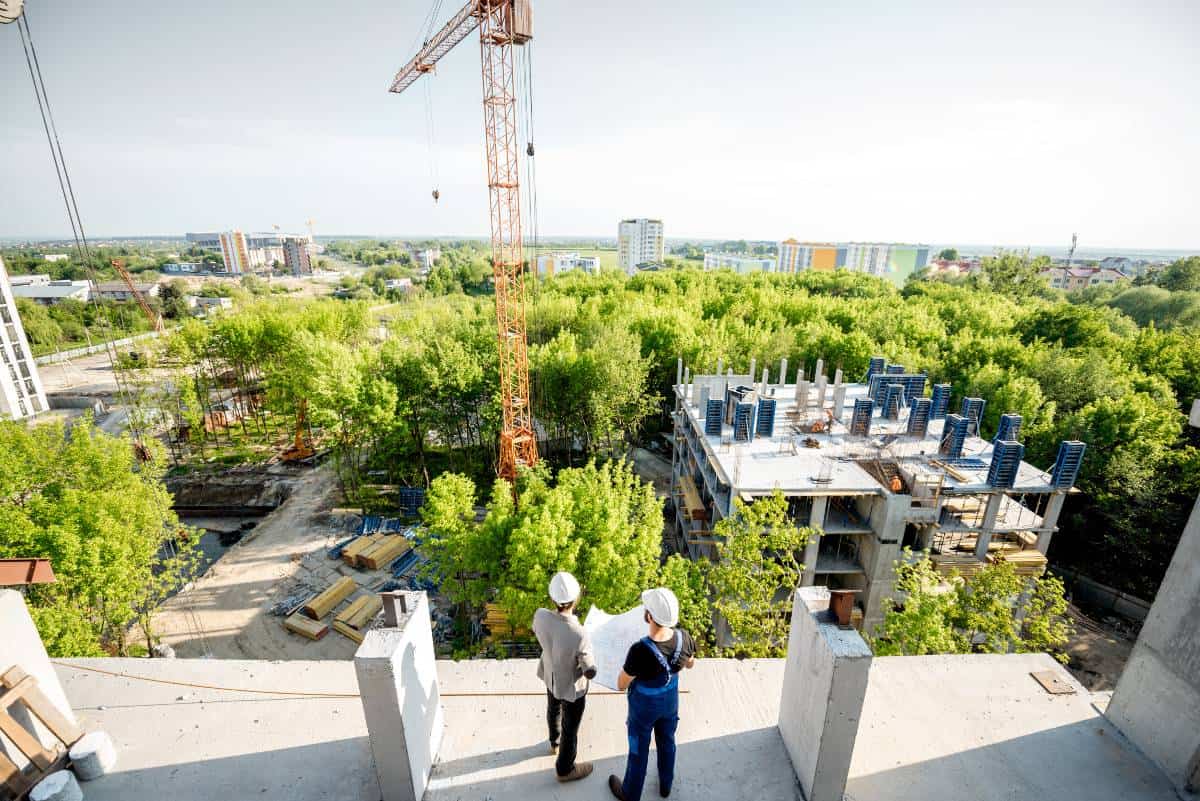
The Financial Case for Building Sustainable Properties
I’m sure skeptics wonder if the premium for green building is worth it – the answer is a resounding yes backed by compelling data!
Increased Rental Income
Tenants are willing to pay higher rents for sustainable spaces:
- Access to natural light and greenery boosts morale and productivity
- Energy efficient design provides major cost savings
- Healthier indoor air quality reduces sick days
This allows landlords to charge 5-10% higher rents compared to traditional buildings.
Higher Property Valuations
There is proven value appreciation for sustainable commercial assets:
- As demand rises faster than supply, buyers pay a premium
- Lower operating expenses increase Net Operating Income
- Future-proof assets with lower regulatory risk from tightening efficiency policies
Green buildings sell for an average of 18.5% more than comparable standard spaces.
Marketing and Talent Attraction Value
Sustainability provides genuine competitive differentiation by aligning with the core values of customers and top talent. Companies emphasizing social responsibility and environmental commitments attract better personnel.
For owners and investors, building green unlocks access to preferential financing rates, and government incentives, and elevates brand image.
Constructing sustainable buildings takes foresight – but positioned correctly, delivers major financial rewards.
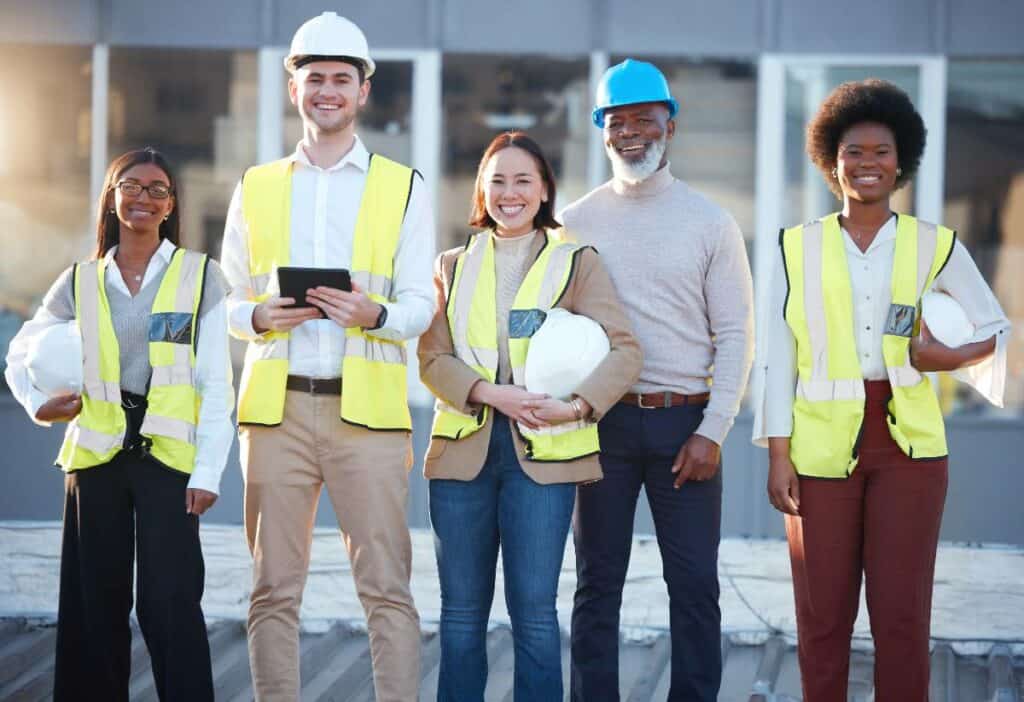
The Outlook for Sustainable Construction Growth
Industry experts project the green building market expanding over 20% annually for the foreseeable future as climate change concerns escalate globally. Corporate America is responding by making net zero emissions and full lifecycle sustainability core pillars of business strategy.
Commercial real estate must adapt quickly to provide workspaces matching these values. Exciting innovations on the horizon include smart glass that tints automatically to optimize natural light and reduce HVAC loads, building management platforms with AI optimization to improve efficiency, and developments focused on local renewable energy and storage.
FAQs
What are the most impactful sustainability measures for commercial buildings?
Do tenants care about sustainability features?
Is it feasible to retrofit older properties for sustainability?
What resources help assess sustainability needs before leasing space?
Who pays for sustainability improvements in commercial buildings?
How do sustainable commercial construction projects aim to reduce the environmental impact?
What are the key benefits of sustainable commercial construction for the construction industry and the environment?
Conclusion
With occupant health, cost savings, climate impact, and maintaining a competitive edge all directly affected by sustainable buildings, environmental design can no longer be considered optional – it is a core real estate need.
As a commercial real estate advisor for over 18 years, I urge owners, landlords, and tenants to view sustainability as the future of construction. By collaborating, we can reduce resource consumption while creating spaces that improve efficiency, productivity, and employee wellness.
If you have any questions on real estate sustainability or want to discuss how green buildings are transforming commercial construction, please schedule a consultation with me.
